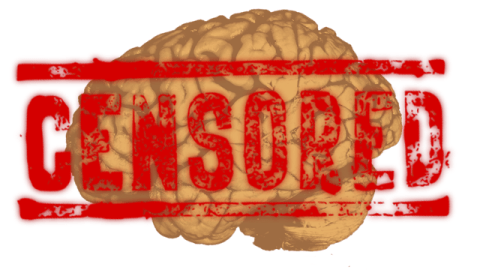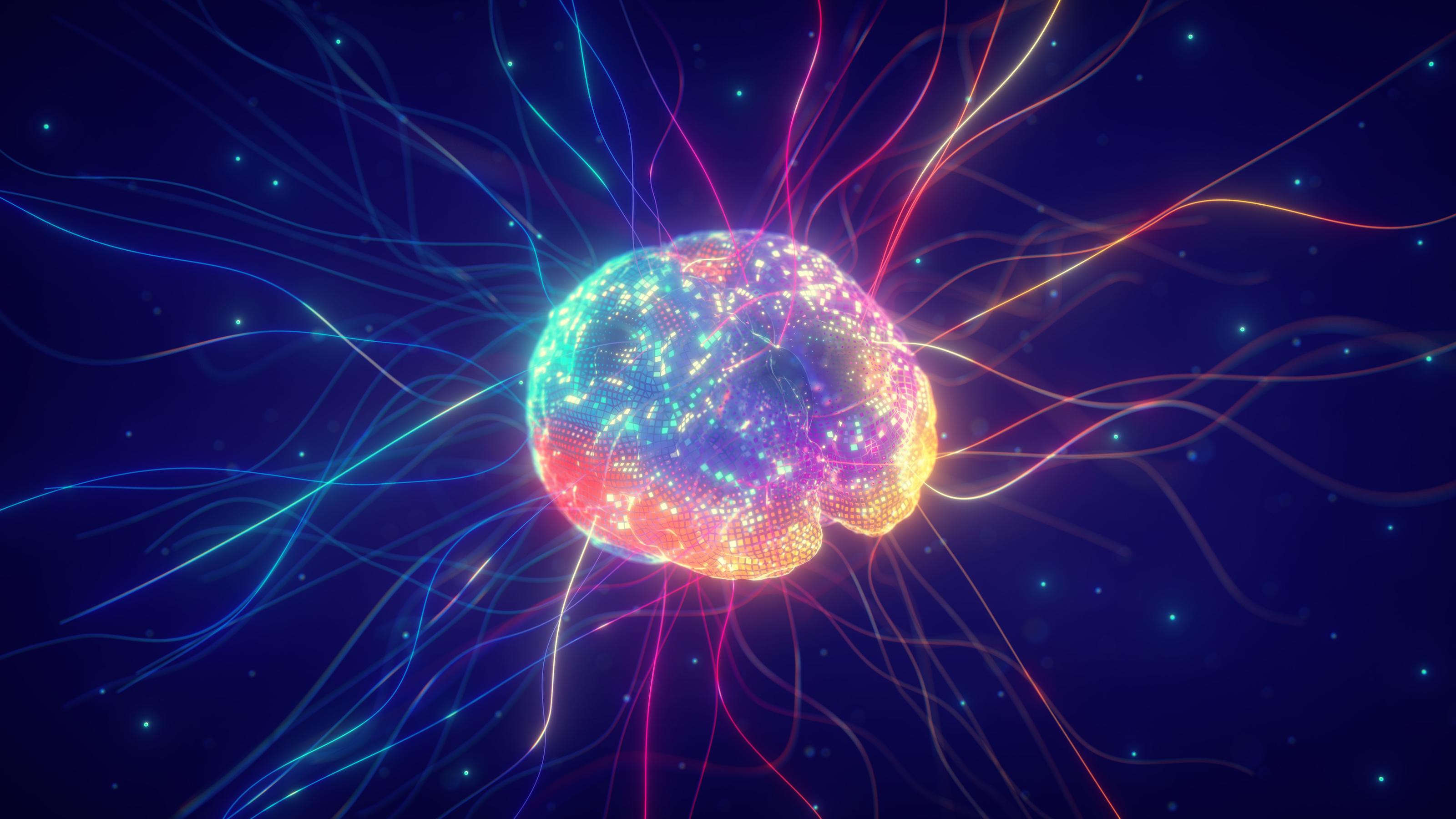Is Your Brain Addicted to Porn?

Not long ago, scientists thought of the brain as being “hard-wired.” Neural networks are formed at a young age and remain inflexible throughout the rest of one’s lifetime, they believed. But one of the great discoveries of recent decades is that the brain remains highly adaptable, or plastic, even in old age. On its own, the brain seems to compensate for certain diseases and brain damage like Alzheimer’s by rewiring around damaged areas. But there is a dark side to this phenomenon of “neuroplasticity”: unhealthy behaviors are just as likely to alter the brain as are healthy ones. Addictions are a prime example. “All addiction involves long-term, sometimes lifelong, neuroplastic change in the brain,” says Norman Doidge, psychiatrist and author of “The Brain That Changes Itself.”
In his book Doidge catalogs some amazing stories of personal triumph, but he also discusses how neuroplasticity can be hijacked by one of society’s most pervasive addictions—porn addiction. “The addictiveness of Internet pornography is not a metaphor,” he says. “Not all addictions are to drugs or alcohol. People can be seriously addicted to gambling, even to running,” he says. So why not pornography? “All addicts show a loss of control of the activity, compulsively seek it out despite negative consequences, develop tolerance so that they need higher and higher levels of stimulation for satisfaction, and experience withdrawal if they can’t consummate the addictive act.” Porn addicts exhibit all these qualities, he says.
And the numbers support this diagnosis. According to Online MBA, 40 million Americans are regular visitors to porn Web sites. And in the U.S. $2.84 billion is spent on pornography yearly. And as with most addictions, the habit has intensified over time. Society’s taste in pornography has skewed further and further towards the extreme as internet porn has become more widely accessible: “Hardcore pornography now explores the world of perversion, while softcore is now what hardcore was a few decades ago, explicit sexual intercourse between adults, now available on cable TV. The comparatively tame softcore pictures of yesteryear—women in various states of undress—now show up on mainstream media all day long, in the pornification of everything, including television, rock videos, soap operas, advertisements, and so on.”
So how does this addiction manifest itself in the brain? Dopamine, the star of this week on Big Think’s Going Mental blog, is again involved in the plastic change. “The same surge of dopamine that thrills us also consolidates the neuronal connections responsible for the behaviors that led us to accomplish our goal,” says Doidge. When researchers “used an electrode to stimulate an animal’s dopamine reward system while playing a sound, dopamine release stimulated plastic change, enlarging the representation for the sound in the animal’s auditory map. An important link with porn is that dopamine is also released in sexual excitement, increasing the sex drive in both sexes, facilitating orgasm, and activating the brain’s pleasure centers. Hence the addictive power of pornography.” he says.
But this addiction might also have to do with a protein called delta FosB that accumulates in neurons. Studies with rats have shown that drug use can increase production of this protein, permanently altering their brain chemistry. “Each time the drug is used, more delta FosB accumulates until it throws a genetic switch, affecting which genes are turned on or off,” says Doidge. “Flipping this switch causes changes that persist long after the drug is stopped, leading to irreversible damage to the brain’s dopamine system and rendering the animal far more prone to addiction. Non-drug addictions, such as running and sucrose drinking, also lead to the accumulation of delta FosB and the same permanent changes in the dopamine system.”
Porn addicts reinforce their addiction each time they masturbate. “Neurons that fire together wire together,” says Doidge. “These men got massive amounts of practice wiring these images into the pleasure centers of the brain, with the rapt attention necessary for plastic change. They imagined these images when away from their computers, or while having sex with their girlfriends, reinforcing them. Each time they felt sexual excitement and had an orgasm when they masturbated, a ‘spritz of dopamine,’ the reward neurotransmitter, consolidated the connections made in the brain during the sessions.”
But not everyone thinks pornography is a scourge on society. Sex therapist Michael Perelman says it can actually help “facilitate monogamy.”
Takeaway
Because sexual climax releases dopamine in the brain, the brain can become just as addicted to pornography as it can be to drugs. And like drug use, pornography addiction can intensify, with the person’s tastes becoming more and more extreme as the brain changes itself to compensate for accumulations of the protein delta FosB in neurons. As well, the neural reward networks are strengthened every time the porn addict satisfies his addiction.
More Resources
—2006 study published in Neuroimage demonstrating what parts of the brain are triggered by viewing pornographic images [PDF]
—NPR feature on Howard Dully, whose brain compensated from a lobotomy at the age of 12, demonstrating tremendous neuroplasticity





